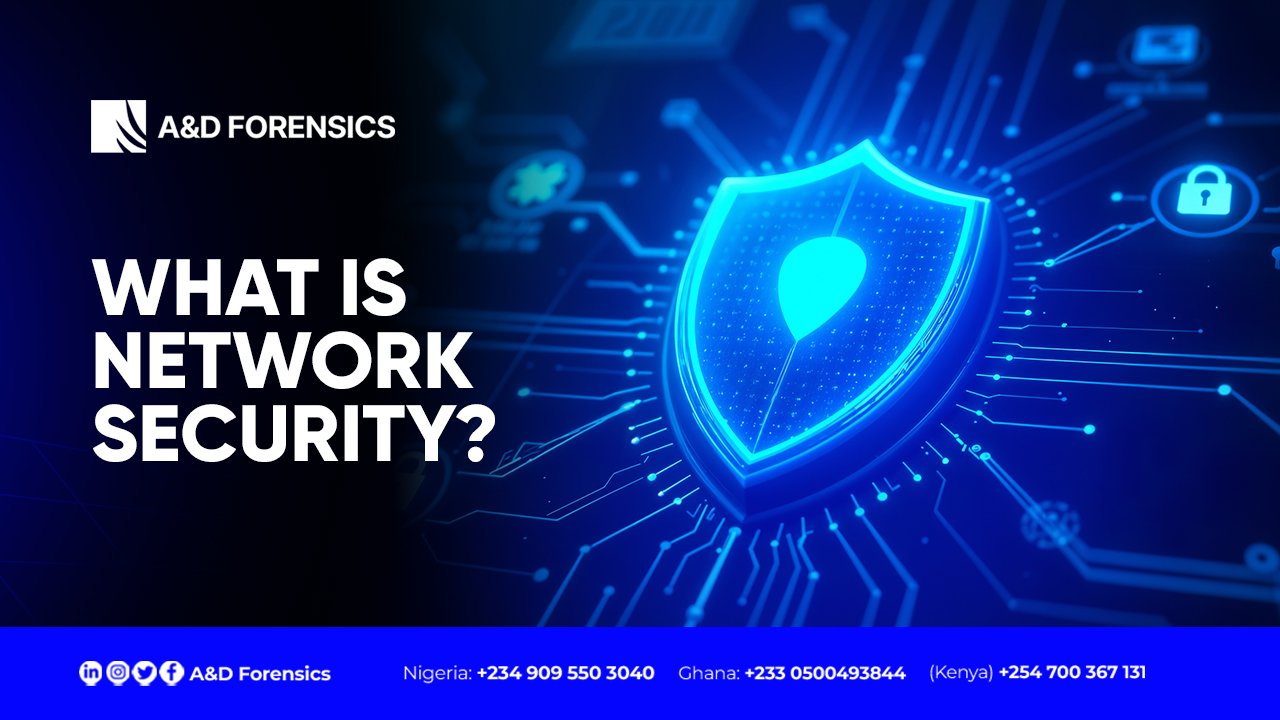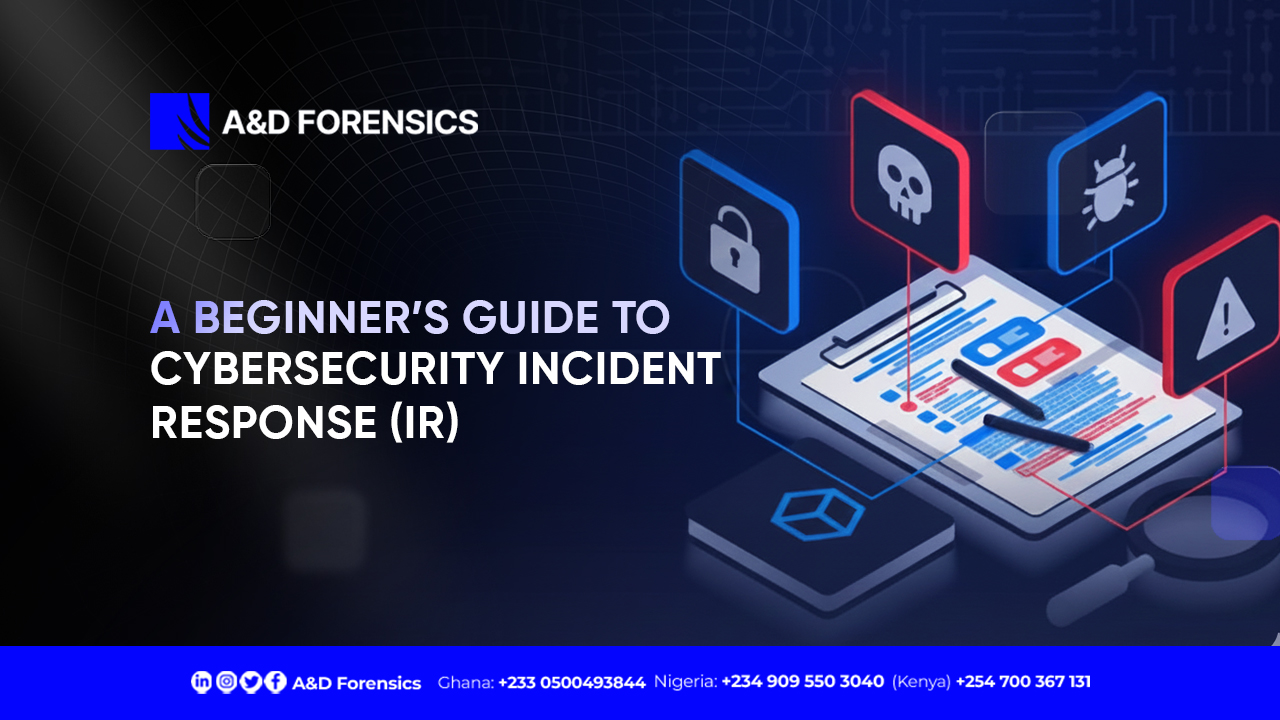The Internet, the World Wide Web that connects us all and enables communication, is a wonderful place, right? Of course, it is, but that connection comes with risks. Your details and other important data are at risk while moving through the Internet on a network. This brings up the most important question: How do we secure data on the network?
But first, what exactly is a network?
A network is a group of connected devices that communicate and share resources. But it raises more questions: How does it work? How do these devices communicate? Through what medium do they communicate? Well, then, let’s keep going.
How Network works
A network works by connecting multiple devices so they can communicate and share resources. This connection can either be wireless or wired.
Wired network
A wired network uses physical cables, such as Ethernet or fiber optic cables, to connect and transmit data. These cables form the backbone of many home and business networks, offering fast, stable, and secure connections.
Wireless network
On the other hand, wireless networks utilize radio waves (such as Wi-Fi or Bluetooth) to transmit data without the need for physical cables. This adds flexibility but introduces more potential for interception if not properly secured.
Network security
Network security is the protection of a computer network from hackers, viruses, malware, and data theft. To protect it, companies use tools like firewalls and antivirus software, strong security policies, and trained personnel. It ensures that not only your connection remains secure, but also your shared files, printers, and other devices are protected.
Network security ensures unauthorized parties do not access your network and the data stored on it, protecting it from cyberattacks, misuse, or accidental destruction.
Let’s examine the case of the 2024 Change Healthcare ransomware attack, a clear example of how ignoring even the simplest network security measures can cause a national disruption.
Hackers breached the system using stolen credentials, and critically, the portal affected had no multi-factor authentication (MFA) implemented. They could move freely inside due to poor network segmentation, which disrupted medical billing and pharmacy services in the U.S.
As highlighted in the Cybersecurity Dive report, a single neglected control led to a system-wide compromise, proving that MFA and proper network architecture are critical defenses, not optional extras.
Types of Network Security
To protect a company’s network means securing every layer, including its hardware, software, and the workers who rely on it. All parts of a network should be treated as a system, and every part should fulfill security requirements.
- Technical network security
The technical aspect of network security is emphasized because it is often the main target of attackers. Hackers can use the internet as a direct route to the organization’s network to gain access to the organization’s private information. This is why technical security aims to ensure that private data is protected everywhere, inside and outside the network.
While data is being exchanged between different parts of a company and its officials, its security becomes a main issue. To protect data from being used or intercepted by attackers, it is scrambled using encryption, hashing, and other technologies.
- Physical network security
While network security typically focuses on stopping online attacks, consider safeguarding your physical network infrastructure as well. Even with strong digital security, misuse or unauthorised access to the hardware that supports the network could leave it in jeopardy.
That’s why businesses use door locks, surveillance cameras, and ID cards to prevent unauthorized entry to sensitive places. It’s clear: anything that cannot be easily accessed physically will be harder for any kind of intruder to mess with, even online hackers.
- Administrative network security
This involves defining policies that control and limit access to the sensitive parts of the network. Using access control limits user behavior and ensures the security of sensitive data.
The Zero Trust model is one new approach where no one is granted access unless they are verified. Any access request should be checked to ensure it is not unauthorized and to prevent the attack from spreading
Network security solutions
The main objective of network security is to protect each layer of the network. This is achieved by implementing security solutions like detecting and stopping harmful traffic and relying on encryption to keep the data confidential and easily accessible to authorized users only. Some examples include
- User authentication
This is verifying a user before giving access to a system, application, or network. While passwords were once the standard solution for authentication, they are no longer considered sufficient. Multiple-factor authentication is widely adopted as a safer alternative to verify a user in case their password is compromised; there is still information that an attacker might not have access to.
- Firewalls
A firewall is a system that filters a network by filtering incoming and outgoing traffic based on configurable security rules. It filters out harmful traffic and prevents unauthorized network access. Firewalls are essential to network security. Depending on its configuration, a firewall can protect against malware, cyberattacks, and other security threats. They help maintain the integrity and safety of the network.
- Access control
This determines which user or system can access specific network resources or systems. One of the steps hackers take is searching for open ports on a company’s network, which may be open. If a company lacks strong access controls, attackers may use open ports to gain illegal access to the network. If organizations block certain ports and only allow certain individuals access, they can avoid most attempted intrusions.
Conclusion
In conclusion, implementing strong network security is not merely a best practice; it is a necessity for any organization. Dependable security from today’s digital attacks relies on firewalls, authentication, access control, and encryption. All these practices contribute to saving the business from major problems, shielding private data, and maintaining the quality of the enterprise infrastructure. Those who pay particular attention to security are more likely to maintain trust, meet regulations, and run smoothly in today’s world of computers and the internet.






